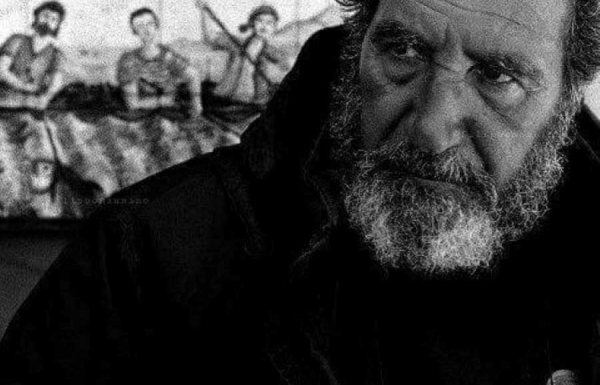Gioacchino Cataldo: Rais of the Tonnara
Given his passion for the sea and being 1,93 m tall and very robust in build, he was called by his fellow villagers "the giant of the sea". Because of his peaceful and overly friendly character, he was sometimes simply called "the gentle giant".
In 1997, together with thirteen other tuna fishermen, he founded the cooperative "La Mattanza" which took over the tuna fishery in the hope of being able to reorganize the tuna fishing and keep alive the tradition of the island.
He was a profound connoisseur of the sea and in particular of tuna fishing through the use of fixed traps, a millenary tradition that is now disappearing. He gladly told the traditions of this fishing, showing the connections with religion, through prayers, he explains the technical secrets of the nets, the paths of the tuna and rattles off all the numbers of what was also an industry.
Thanks to his size and imposing physical appearance as well as to the position of rais della tonnara, over the years, paired with deputy rais Clemente Ventrone, he has carved out the role of testimonial of the slaughter appearing in the postcards and in the most famous photos of the slaughter, while they harpoon and pull up huge tuna in their arms, dodging the blows of the fish's tails.
For his activity as a disseminator of the knowledge and traditions of this type of fishing, Gioacchino in 2006 was included among the "Living Human Treasures" of the Intangible Heritage Register of Sicily, a document prepared by the Sicilian Region to preserve the intangible riches of Sicily. island, and for this he is often cited as a "cultural heritage" man.
He was often called on television (he was a guest, among others, of Lineablu, and in an episode of the fifth edition of MasterChef) to tell the story of the slaughter and the typical products made from tuna and is cited as a source in several books on traditions of tuna fishing, both of recipes of Mediterranean cuisine.
Cataldo was one of the 18 protagonists of the permanent video installation TURIN at the former Florio factory in the Favignana and Formica tuna stations, now a regional museum. "TORINO" was born from a project to collect oral testimonies presented in visual form, conducted between a group of elderly workers from the Florio factory in Favignana. (SOURCE: WIKIPEDIA)
----------------
Technical sheet prepared by: Region of Sicily - Department of cultural heritage and Sicilian identity - CRicd: Regional center for inventory, cataloging and documentation and Sicilian regional film library
Web card insertion: Ignazio Caloggero
Photos:
Information contributions: Ignazio Caloggero / Web
Note: The populating of the files of the Heritage database proceeds in incremental phases: cataloging, georeferencing, insertion of information and images. The cultural property in question has been cataloged, georeferenced and the first information entered. In order to enrich the information content, further contributions are welcome, if you wish you can contribute through our area "Your Contributions"






